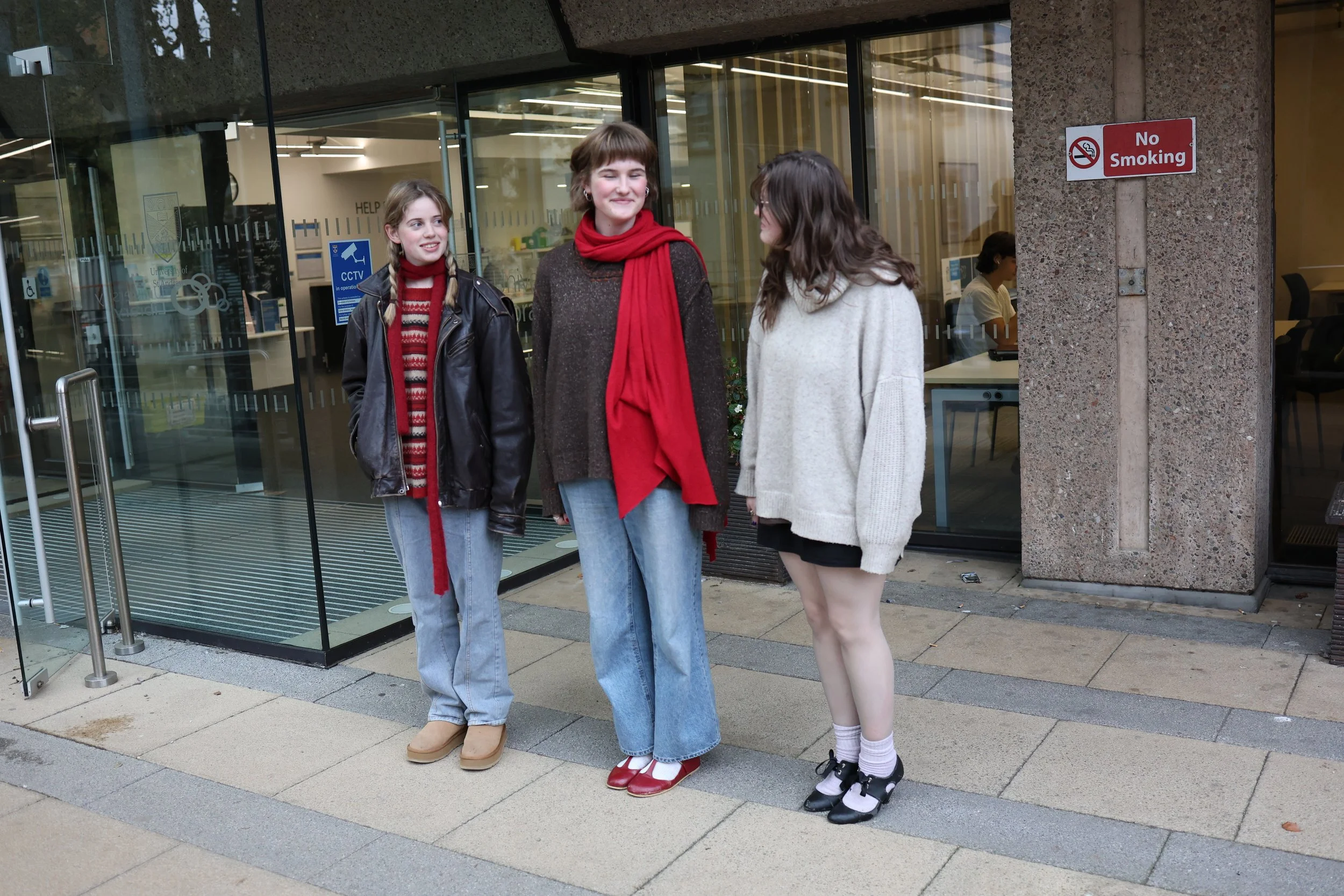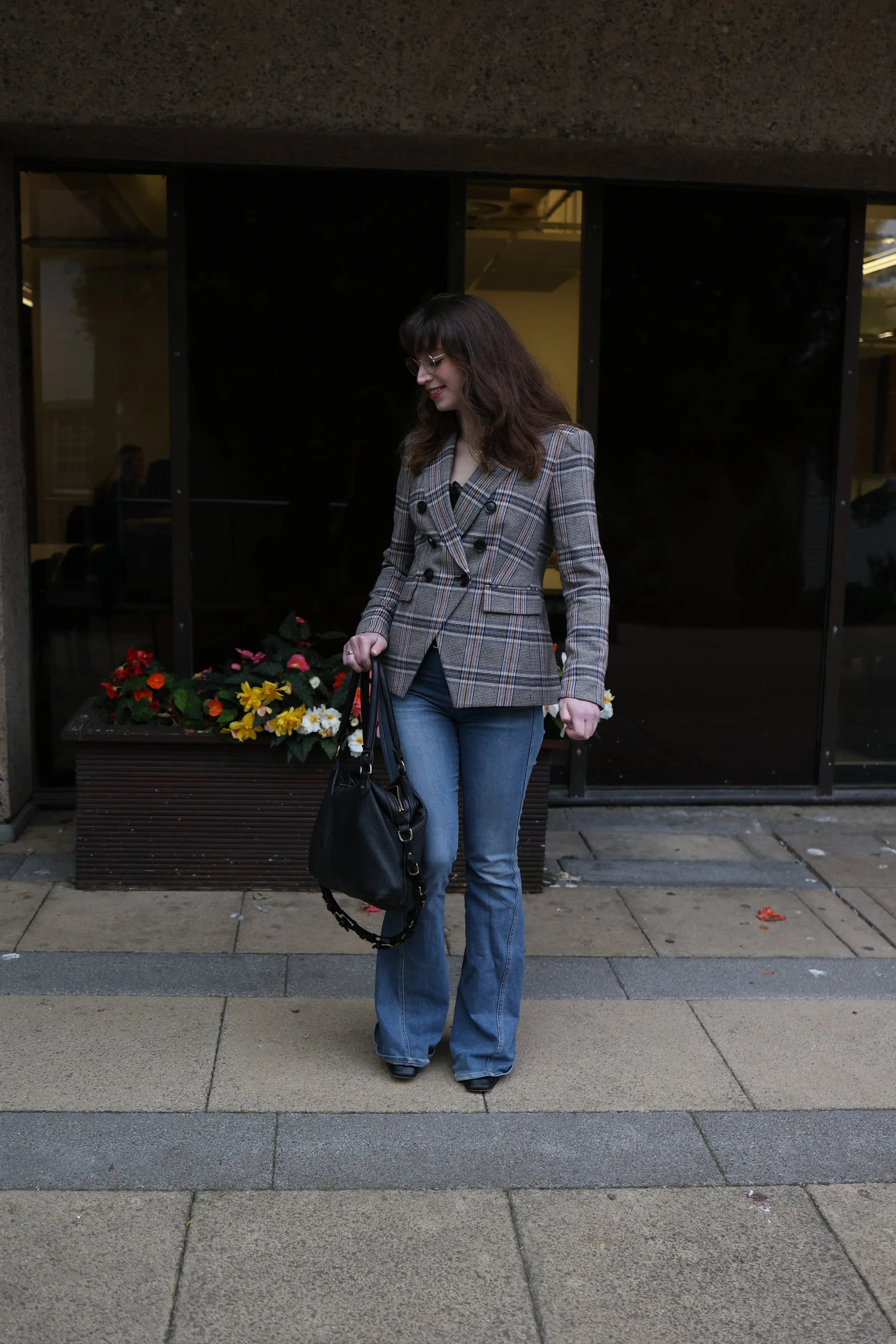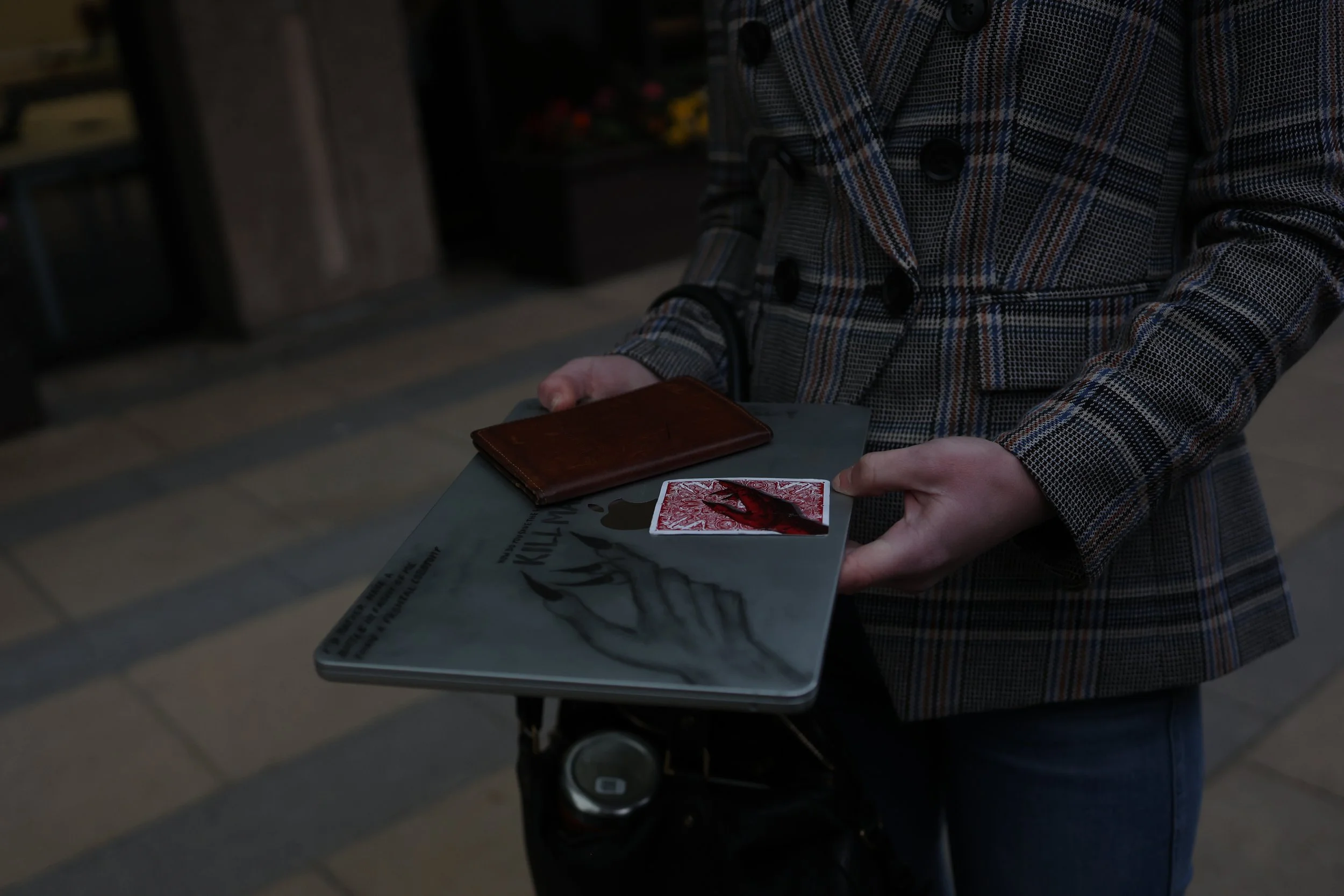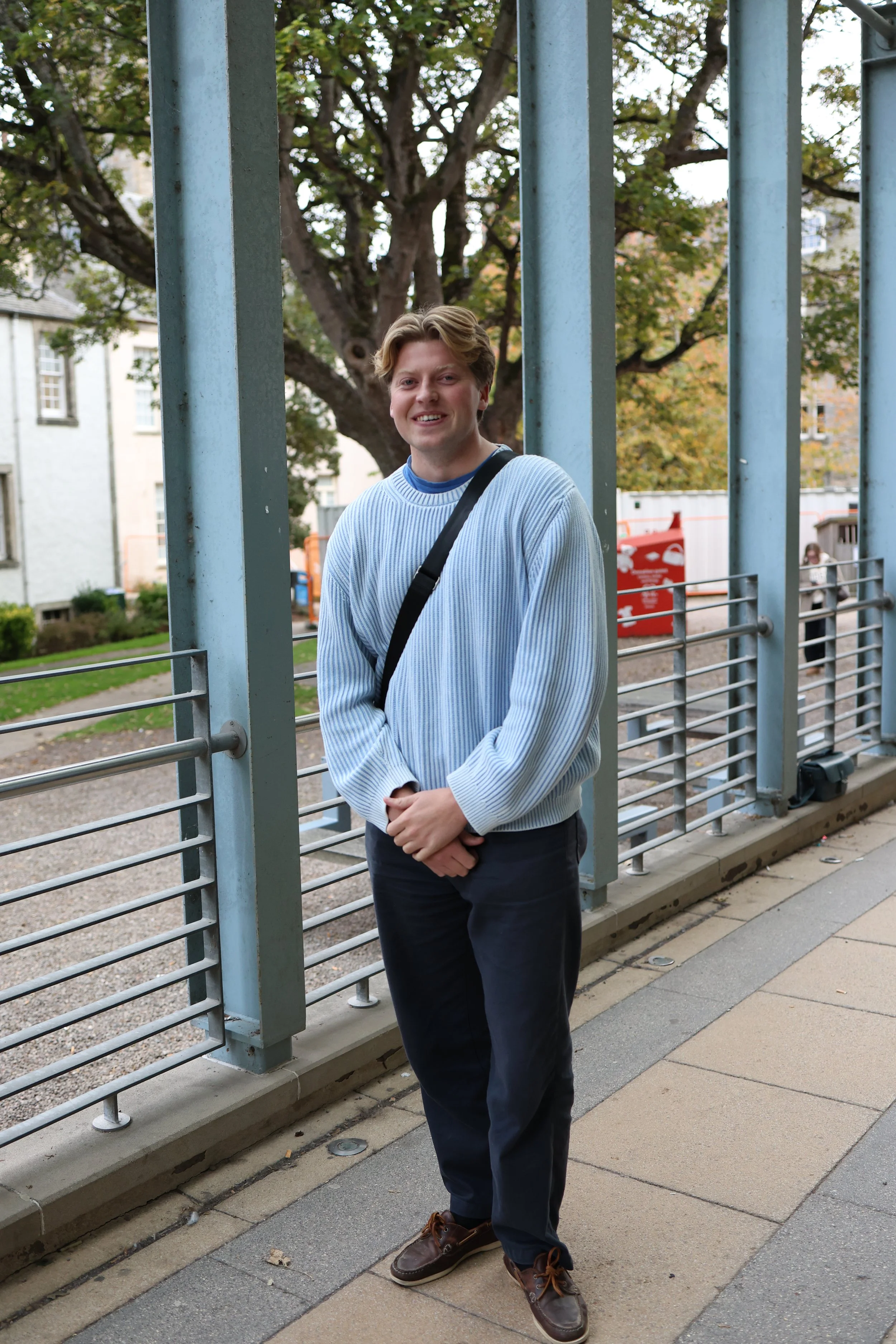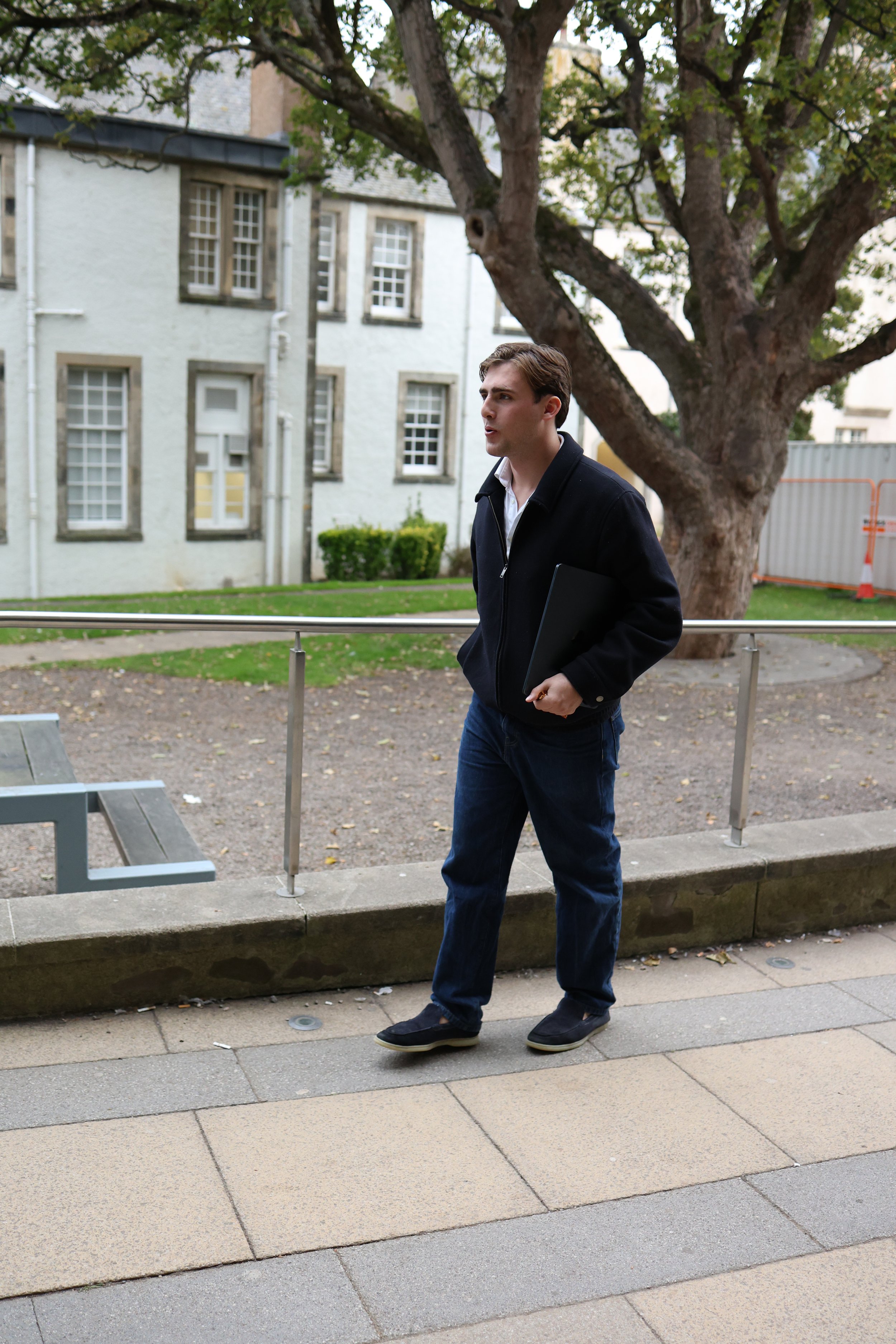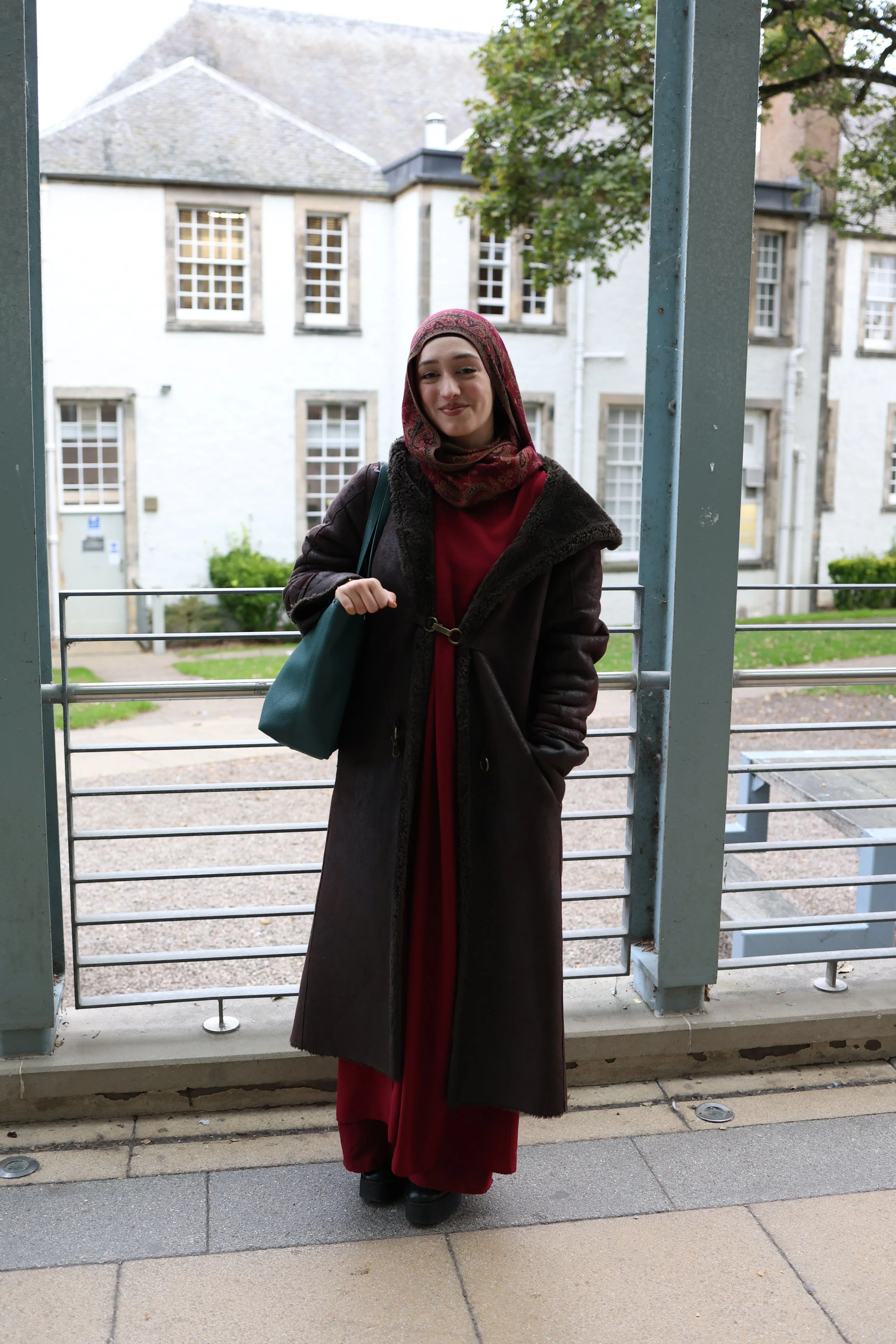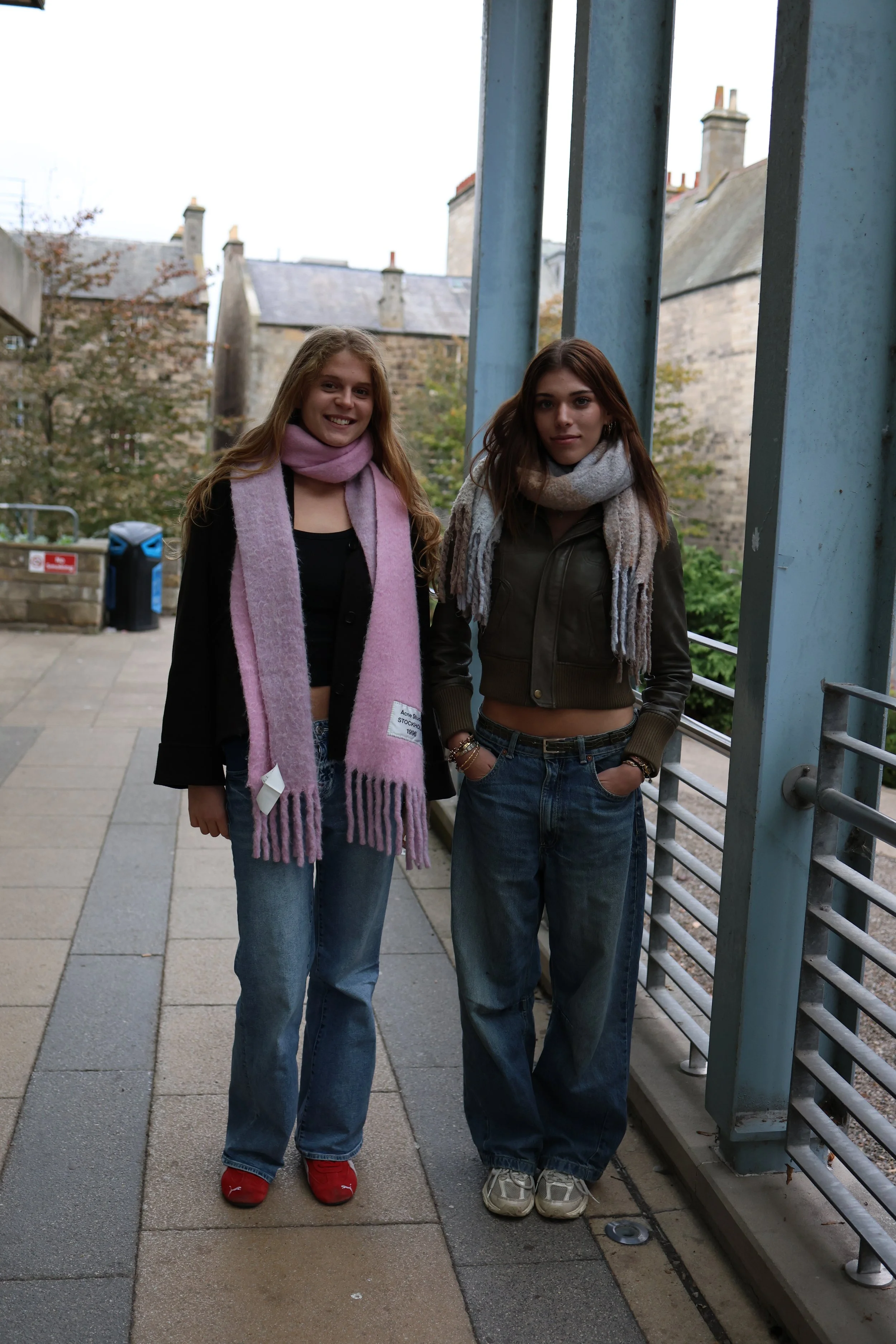What your subject says about your style
Every Monday, Tuesday, and Thursday, the end of my art history lecture coincides with the beginning of the second year modern history one. The steps of School III are overrun by the two groups of humanities students, brushing past one another as they meet and go their separate ways. Cross-course friends stop to chat or smile and wave, but are eventually pulled apart by opposing forces of gravity. In one such instance, as I walked out into the sunbathed Sallies quad, I was greeted by my friend waiting on the steps for her history lecture, carefully observing the exodus of students from the lecture hall. Her eyes flitted between coats, boots, and bags – “all the fashionable art history students are so intimidating,” she said.
Of course she was just joking, but it got me thinking about the differences in style across subjects. Are there specific styles, certain trends and ‘uniforms’ within different courses? Does your course subject determine or, at the very least, influence your style?
To investigate, I started noting down what people were wearing in my different lectures. I even asked my friends to do the same for their classes. We noticed definite trends amongst certain subjects – the ballet flat-trenchcoat combo as a staple in art history lectures, for example, and the phenomenon of the ‘man bun’ amongst physics students.
However, to get a broader perspective and reach a wider breadth of subjects (and year groups), I went to the library. Infamous for being St Andrews’ unspoken fashion show (our concrete catwalk, if you will), it was the perfect place to scout out students giving their best representation of their course subject.
Stationed right outside the entrance of the main library, I encountered english, chemistry, economics, international relations, biology, philosophy students and more sporting their distinctly St Andrean style.
Divinity and English
According to my sources (AKA my friends who take religion classes), divinity students are prone to a certain cozy, British vibe: think Autumnal Bridget Jones, “frazzled English woman” meets academia. My observations at the library confirmed this: sweaters, scarves, and an autumnal color palette were popular among the divinity students I ran into. Included in this vibe, too, I discovered, are English students, with their similarly cozy sweaters, scarves, and skirts.
To the left, this philosophy and divinity student sports a cozy fair isle knit and matching red scarf. Her two friends to the right (english & comparative literature and english, respectively), mimic the cozy vibe with their chunky sweaters and scarves, adding their own twist with unique mary jane flats and brogue heels paired with socks to maintain the cozy, casual yet dressed up vibe.
Likewise, this divinity, philosophy, and anthropology student embraces the mature, feminine style with a structured neutral plaid blazer and flared jeans paired with snip, square-toed boots. In this case, the academia-esque aesthetic is amplified by structure, pattern, and neutral tones – perhaps a result of the combination of the three humanities subjects. Even still, the whimsy of the arts students’ style is not lost: her black leather tote and brown leather passport are joined by an adorned computer decorated with drawings and writings.
International Relations
As for the ubiquitous, if not infamous, international relations, the stereotype is slightly less whimsical and slightly more “finance bro.” Similar to what I observe in my management lectures, men’s fashion leans toward a more polished, professional style. Loafers, button downs, well-fitted sweaters and quarter zips are amongst the most popular choices for these students. Fit and fabric are especially important, crucial to the overall put-together vibe.
The polished and professional quality of the style does not mean it has to be boring. This IR student, for example, creates visual interest while establishing a composed, put-together vibe through coordinating and contrasting hues. She ties in the colors of her outfit through her scarf, which features both the mature red of her dress and the deep brown of her coat, in an intricate paisley pattern that stands out against the rest of her outfit. The fur of her coat also contrasts with the smooth fabric of her dress, all juxtaposed with the pop of forest green in her leather bag. Altogether, the composition is polished and put together, but certainly not boring.
STEM
STEM students, too, express themselves (and their subjects) through their outfits. Stereotypically, science students taking courses like marine biology or earth sciences are expected to be “crunchy” or earthy, with khaki fabrics and practical, outdoorsy clothes. However, more than just practical, this style can be intentional and fashionable.
This marine bio student embraces the granola vibe with shades of brown and green, including a deep olive beanie, dark brown carpenter pants, and hiking-style shoes. He embellishes and coordinates with a green bandana to match his layered green shirt and aforementioned beanie.
However, not all STEM students adopt the crunchy, granola vibe. This pair of science students – biology (left) and chemistry (right) – sport a cute, elevated casual style, featuring baggy jeans, fashion sneakers, cropped jackets and cozy scarves. This is distinct from the “cozy casual” vibe of the humanities students described above, as it embodies more modern fashion: cropped pieces, low-rise baggy denim, and sneakers, as compared to the vintage academia vibe exhibited by the arts students I encountered. Maybe humanities students spend too much time thinking and reading about the past in a way that starts to make its way into their style. Maybe STEM students are so focused on the future that they mostly embrace what’s current.
Conclusions
These differences in style may be a result of individual course subjects – after all, what we study determines what we are thinking about, looking at, reading, and consuming for years of our life (or at the very least hours in the library/lectures). It would make perfect sense that it might have some impact on our preferences, the way we express ourselves, and what inspires us. The main lesson I’ve learned from this venture, however, is that, regardless of course subject, St Andrews students know how to put together an outfit. We don’t call it a concrete catwalk for nothing!
Photography by Sophia Bruno

